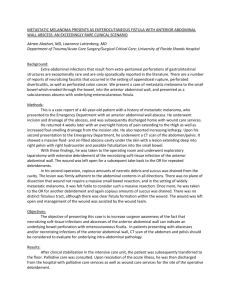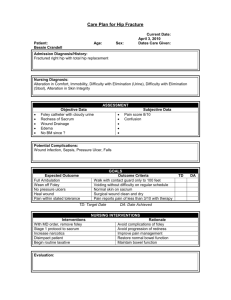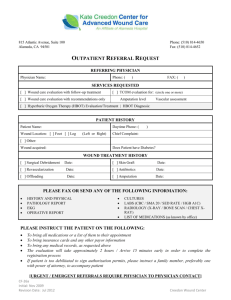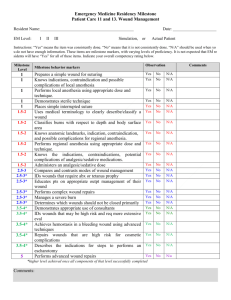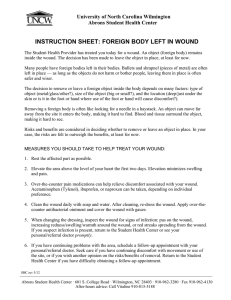diagnostic laparopscopy risks
advertisement
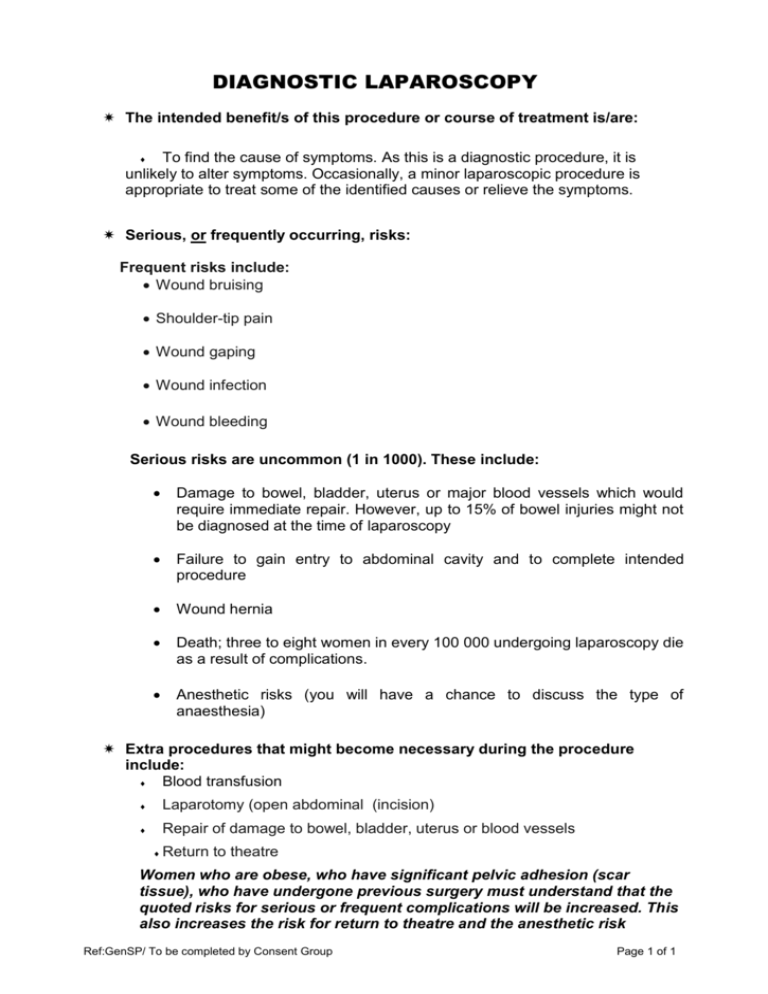
DIAGNOSTIC LAPAROSCOPY The intended benefit/s of this procedure or course of treatment is/are: To find the cause of symptoms. As this is a diagnostic procedure, it is unlikely to alter symptoms. Occasionally, a minor laparoscopic procedure is appropriate to treat some of the identified causes or relieve the symptoms. Serious, or frequently occurring, risks: Frequent risks include: Wound bruising Shoulder-tip pain Wound gaping Wound infection Wound bleeding Serious risks are uncommon (1 in 1000). These include: Damage to bowel, bladder, uterus or major blood vessels which would require immediate repair. However, up to 15% of bowel injuries might not be diagnosed at the time of laparoscopy Failure to gain entry to abdominal cavity and to complete intended procedure Wound hernia Death; three to eight women in every 100 000 undergoing laparoscopy die as a result of complications. Anesthetic risks (you will have a chance to discuss the type of anaesthesia) Extra procedures that might become necessary during the procedure include: Blood transfusion Laparotomy (open abdominal (incision) Repair of damage to bowel, bladder, uterus or blood vessels Return to theatre Women who are obese, who have significant pelvic adhesion (scar tissue), who have undergone previous surgery must understand that the quoted risks for serious or frequent complications will be increased. This also increases the risk for return to theatre and the anesthetic risk Ref:GenSP/ To be completed by Consent Group Page 1 of 1
